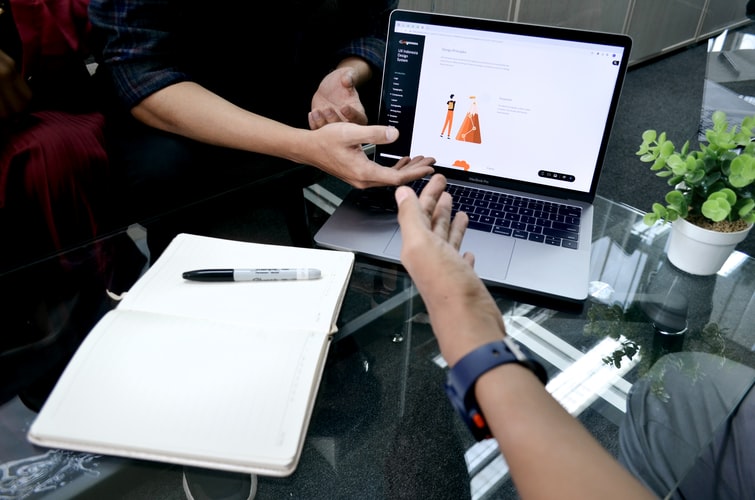
The difference between interaction and animation
Have been offering design courses in Pune for about 10 years, we often really found the students being confused between interaction or animation while choosing the course. It is often that the confusion is made between these two technical terms related to the design, and yet the difference is very present. One is the consequence of an action taken by the user, while the other is only a visual effect.
It’s not uncommon to hear designers or industry professionals talk about interactive elements when they actually mean interface animation. The reverse is less common, however, it is important to differentiate the two.
It is also one of the priority rules of design, all interactions must provide a reaction. A return to the user so as to make him understand that his action has been taken into account.
However, when we talk about an interactive model, the action leads to reaction, without necessarily causing an animation, if we consider that a change of state or a change of page is not an animation.
Animated or interactive model?
When we talk about models (graphic representation of interfaces), we may be led to talk about animation and interaction. This is when confusion is the most common.
An interactive model exists when interactions are possible, i.e. Links can be clickable or actions can be performed by the user. Typically, the benchmark in this industry is Invision. The tool allows, in particular, to import images and add clickable areas on top. So as to connect the different screens together, in order to simulate the interactivity of the interface. There is no animation (apart from the transitions), it is simply the images that change as soon as we move our mouse or click on a defined area. The objective of an interactive model is to be able to illustrate the different user paths, the tree structure, and the interconnection of the pages between them.
An animated model makes it possible to highlight the animations present on an interface. These often accompany user action, however, they focus on a single interaction. But not always. Sometimes, an animation can live on its own, and deliver information to the user through its own movement.
The animation is mainly used for transitions, and to bring fluidity in user navigation. However, it can have a strong impact on the perception of certain features, or on the general graphic appearance of the page.
It is therefore very important not to neglect the animation when thinking about the design. Also, it is really preferable to be able to make interactive and animated models. In the meantime, you will now know how to differentiate them.
To learn in-depth about Animation and Interaction, you may connect with us. We are the top Animation, VFX, Gaming, and UX course provider in Pune.

